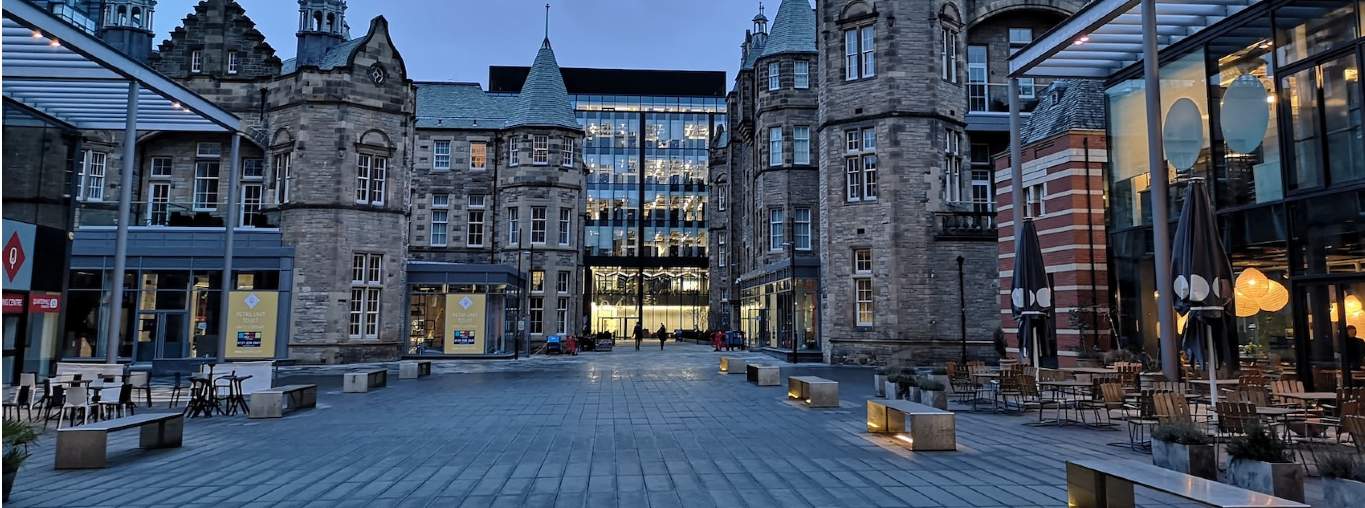The 2020 edition of MIPIM, the world’s largest annual real estate event, was cancelled in March due to the coronavirus. It is perhaps ironic that the gathering, which was to have taken place in Cannes, was to have had the laudable theme ‘the future is human’. It can be argued that six months on, even though Covid-19 restrictions have eased, the world is taking on a rather more inhuman feel, as quieter streets in many parts of the UK still evoke the dystopian world of JG Ballard’s Super-Cannes.
The disappearance of people and the abandonment of our public spaces are particularly disturbing phenomena for town planners to experience. However, history tells us that the aftermath of the pandemic could be an important time to reconsider the sort of society that we want to plan for.
For many decades, the doctrine has been to push for higher density living, more public transport, shared open spaces and usable street furniture. In today’s strange world, such ideas suddenly seem irresponsible. By contrast, the new dogma, to stay at home at all costs and to use urban parks judiciously, feels like an unwelcome victory for the disconnected, car-dependent suburb.
What is perhaps more comforting to consider for us planners is the fact that history has shown that transformational ideas gain traction during national crises. When traditionally fractured societies become (at least for a time) consensual societies, there is potential to make positive changes very quickly.
Non-planners may not be aware, but 1919 was not only the final year of the Spanish Flu pandemic, but also a watershed moment for the designed and built environment. Bauhaus was founded in 1919; its basic (and rather immodest) ambition – the making of a new society. One of its most enduring legacies is the idea that good design is good design and doesn’t have to be expensive, and today Historic Environment Scotland cites 1919 as the transition point between traditional and modern methods of construction.
Most importantly for town planners, however, was the passing in August 1919 of the Housing and Town Planning Act by the Liberal Government with the aim of ensuring 'a healthy family in a healthy home'. For the first time good quality affordable state housing was written into statute. It also paved the way for the Wheatley Act of 1924 that followed Labour’s historic election victory five years later and at its apex in 1926 delivered 276,000 new affordable homes across the UK. Today the Wheatley Group, based in Glasgow, is Scotland’s largest social landlord.
In current times, both at Holyrood and Westminster Governments have long acknowledged that our current planning systems have not delivered enough affordable housing to meet demand. Savills research reveals adequate affordable housing remains one of the key areas where planning is failing to deliver for rural communities and that it is not only access to land that is the issue – a whole series of systemic hurdles stand in the way of rural communities accessing enough of the ‘healthy homes’ the original Housing Act envisaged a century ago.
At a societal level changes could and should occur in our thinking toward housing once this is all over. As in 1919, we should use the current consensus in support of key workers to plan properly for the essential housing that is needed across the country.
The last great pandemic illustrates our enduring desire to be together. In 1920 95,000 souls crammed into Hampden Park for that year’s Scottish Cup Final and millions squeezed into cinemas around the world to see Charlie Chaplin’s first feature film. I am not convinced that social distancing is something that we will be seeking to design into our future places and spaces. In fact, I confidently predict that the pendulum will swing back from human isolation to conglomeration just as soon as it’s safe to do so.
Looking ahead, there is much for the planners and builders of the post-Covid world to ponder and I would suggest that all of us involved in developing our built environment capitalise on the current zeitgeist and start thinking about a future that is more human(e).
Further information

(2).jpg)
.jpg)
.jpg)




.jpg)
.jpg)
.jpg)